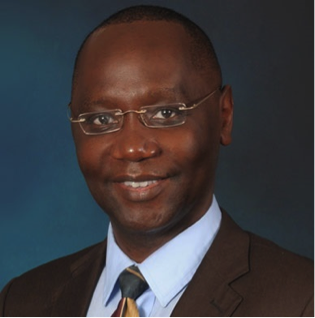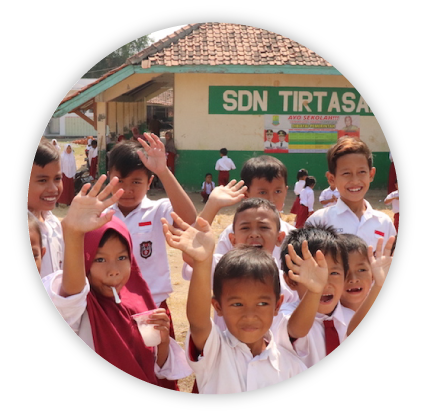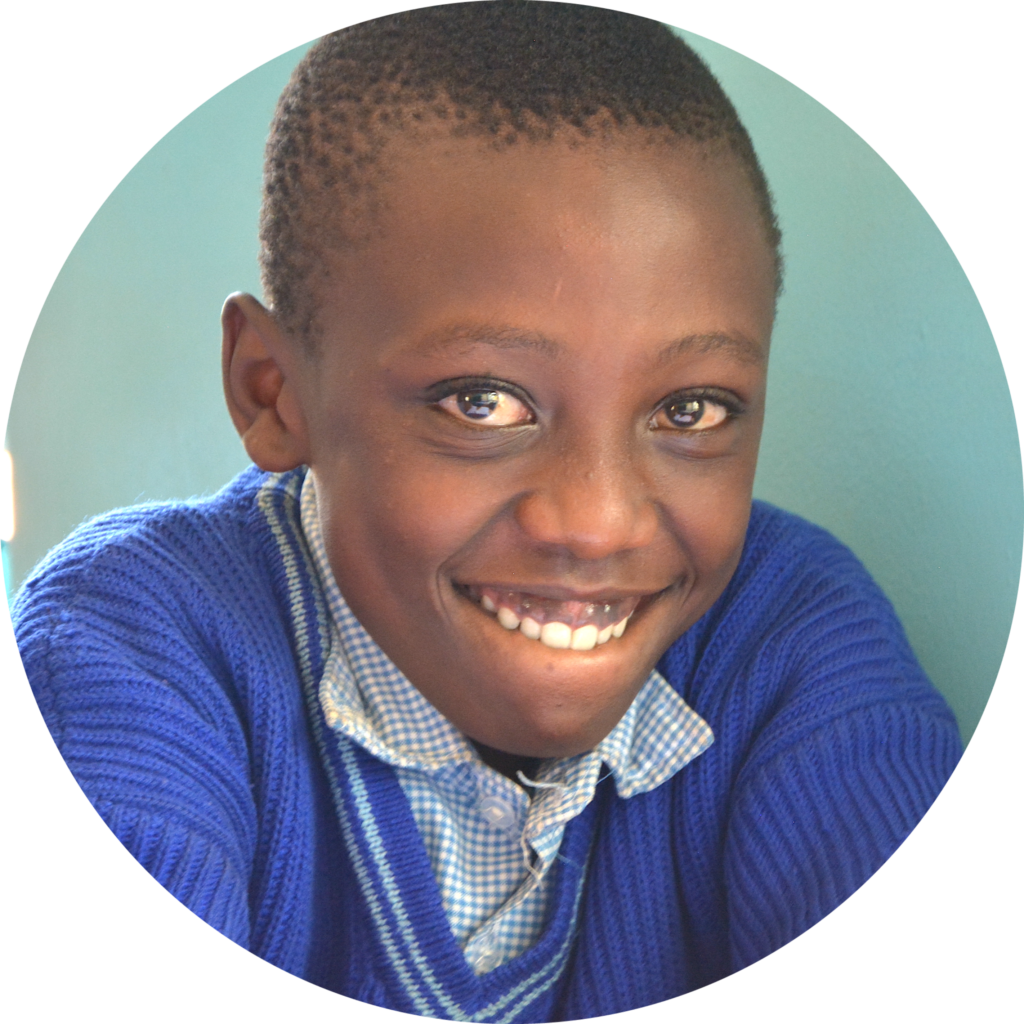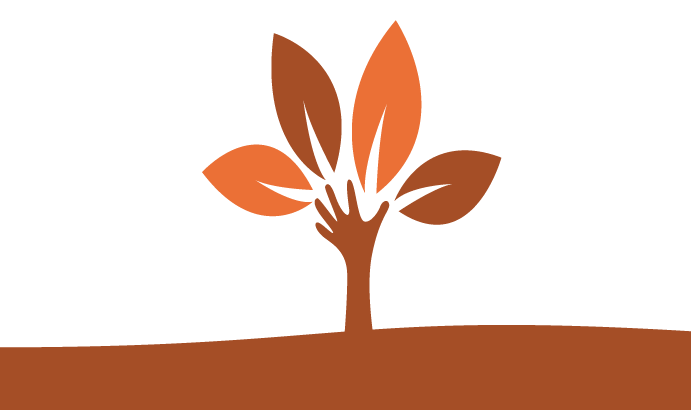Looking back, forging ahead

Together to End Child Poverty

Message from the president of Arigatou International
Rev. Miyamoto
Going All Out to End Child Poverty — ECP@10 (Message on the 10th Anniversary of the Interfaith Initiative to End Child Poverty)
On June 16, 2012, over 470 religious leaders and others representing diverse faith traditions, NGOs and United Nations agencies gathered from over 64 countries in Dar es Salaam, Tanzania to pursue the vision of a world where no child lives in poverty. There, determined to take new action together to end the scourge of child poverty, they joined us in welcoming the launch of the Interfaith Initiative to End Child Poverty. Deeply moved and grateful for their commitment, we have continued to support the initiative for the last 10 years—which have sped by as the world continues to change in dramatic ways.
When we met in Tanzania in 2012, over 22,000 children were dying every day of avoidable causes. Nearly 22% of children globally were living in poverty. According to UNICEF in 2013, 169 million children were stunted, nearly 6 million children were dying of avoidable causes annually before their fifth birthday, nearly 300,000 women were dying annually while giving birth, 58 million children did not attend primary school, and 47% of persons living in extreme poverty were below 18 years of age.
Despite the significant progress that had been made under the Millennium Development Goals by mid-2012, it was clear that, without scaled-up ambition and radical new actions, by 2030 about 119 million children would still be suffering chronic malnutrition, and 68 million more children would die needlessly before their fifth birthday.
This is why the participants of that fourth forum of the Global Network of Religion for Children were unanimous in declaring that poverty “is the gravest global injustice and the worst kind of violence.”
Participants perceived the root causes of poverty to lie in structural conditions such as unequal distribution of resources, war and violence as well as corruption and poor governance. They were also persuaded that these conditions were made possible by the corruption of the human heart by factors such as greed, ignorance, hatred and fear.
Believing that change was possible in all these areas and “envisioning a world where no child lives in poverty,” they embraced the new End Child Poverty initiative as a unique new effort to achieve this vision, declaring that it would “address the root causes of poverty in the human heart and challenge the structural root causes of poverty,” specifically by working with and among religious communities.
Now, a decade later in 2022, it is important that we take time to reflect upon, be thankful for, and be inspired by the work that has been done thus far to fulfill this ambitious commitment. During this time, the Interfaith Initiative to End Child Poverty has explored new approaches and methodologies for addressing the issue of child poverty, engaged in many creative efforts to advocate, build coalitions and participate in platforms at the global level, and taken concrete steps to help eradicate extreme poverty at the grassroots level in numerous countries and communities across world regions. As always at Arigatou International, we have also encouraged children to join us to solve the problem of poverty in their own creative ways. Among many other outstanding efforts engaging children, I am particularly inspired by the Children’s Solutions Lab, which invites groups of children from around the world to propose and implement their own solutions to child poverty in their communities, and the SDGs Academy for Children.
Yet, as the world still reels from the unprecedented situation brought on by Covid-19, vastly unequal sharing of resources, terrible armed conflict, and hideous forms of violence specifically targeting children, the suffering of children around the world cries out to us to do more. We must also take this 10th anniversary of the Interfaith Initiative to End Child Poverty as a moment to redouble our commitment to put the most vulnerable and children living in poverty high on the agenda of faith communities and the international community, reassess the changing realities of child poverty, and reaffirm our collective commitment to take ambitious new actions to build a world free of child poverty.
I thank you for joining us on the journey to a world without child poverty—and for everything you have already done for children along the way. I invite you to reflect on our progress together, to review what we, collectively, have been able to accomplish, to contemplate with us the path ahead, and then set out resolutely together to achieve our vision of a world free of child poverty.
Message from the Director End Child Poverty
Fred Nyabera
All Out to End Child Poverty – ECP@10 – Fred Nyabera’s Statement at the 10th Anniversary of the Interfaith Initiative to End Child Poverty.
The year 2022 marks the 10th anniversary of the founding of the Interfaith Initiative to End Child Poverty (End Child Poverty). At that time, and despite remarkable progress in the decades prior, nearly 1 out of 5 children lived in poverty and over 22,000 children died every day of avoidable causes.
Against this backdrop, over 470 religious leaders and others representing diverse faith traditions, NGOs, and United Nations agencies from over 64 countries gathered at the Fourth Forum of Arigatou International’s Global Network of Religions for Children (GNRC). in Dar es Salaam, Tanzania to commission a vision of a world where no child lives in poverty. This pursuit crystallised into the Interfaith Initiative to End Child Poverty, a global agency charged with ending poverty for children, through mobilizing faith inspired resources and communities to respond to its structural and very human origins.
Since that June 16th , 2012, we have travelled a unique road as we sought to transform institutions and spaces that have a direct influence on childhood poverty in over 50 countries where we work. Along the way, we have embraced and become true champions at local, regional and global levels of the UN 2030 Agenda for Sustainable Development and its promise for children. We have also embedded this agenda into our strategic, results, and operational frameworks. To be truly transformational for children, we have embraced a rights and capabilities approach to our work anchored on faith and the UN Convention on the Rights of the Child (CRC). As part of this, we have learnt to embrace the agency of children and ever looking out for them, are aware of their intrinsic and extrinsic value to their own cause.
To be effective we elected to pursue results through several key pathways- Interfaith dialogue, reflection and action; Global advocacy and influencing; Grassroots and community constituency raising and organizing; Reaching out and acompanying promising grassroots initiatives and listening to and enabling the agency of children. We also identified the strategic need to work collaboratively and nurture partnerships; for a global knowledge platform as well as the value of growing our own competency and capabilities.
As we cast back to the last ten years, we review the results we have accomplished along these paths. We demonstrate how we have sought results through catalyctic action among faith communities and global actors and the progress we have made. In these pages we recount our initiative in developing and promoting tools for interfaith dialogue and reflection on childhood poverty; on initiating, promoting or engaging regional and global advocacy coalitions and workgroups on child poverty; establishing a research and documentation centre dedicated to ending child poverty;and promoting annual grassroots global campaigns to spur interest, demand and action to end childhood deprivation. We also report on our experience in response to community level innovations and actions for relief of child poverty as well as sometimes startling results as we have sought to empower children to take action against poverty.
Along the way we have sought and been fortunate to find and make numerous friends and partners without whom our results would have been impossible. We have also had the good grace of the GNRC on whose shoulders or legs our grassroots work has been carried.
However, despite theseachievements, many challenges remain. Many girls and boys still live in abject poverty and denial of their right to a life of dignity. According to the UN Secretary Generals status report on SDGs, as at December 2019,the world was unlikely to meet the aspirations and targets of the 2030 Sustainable Development Goals. This situation has now been worsened by the emergence of a global health pandemic in 2020, continuing inaction on negative climate change and recently the outbreak of war in Eastern Europe.
As a result, for the first time since before 2015, the children living in multidimensional poverty has risen to nearly 1.2 billion worldwide.
Right from the onset, we were cautious that child poverty presented a complex phenomenon and that the battle ahead would not be easily won, and indeed in the last 10 years, we have learned vital lessons, about the stubborn nature of child poverty and are still reflecting on the most effective ways to mitigate it. We recognized however that this cause must be won if our children and humanity are to be genuinely free.
ECP@10 is a time to reflect on the past and envision the future. It encourages us to pause and ask… where do we go from here?
First, we must become better at what we set out to do. We must put more deliberate effort to engage faith communities better and bring them around to the single idea that we can end deprivation and poverty for all children.
Secondly, we must be better in our advocacy for policy, structural and social change. Much of the solutions to global poverty are already with us, we know what to do, we just need to be better advocates for change. This calls for spiritual, moral, and political imperatives.
Thirdly, we must ensure that existing global mechanisms and frameworks deliver for children. These include the SDG framework and its goals, the Human Capital Development platform, and regional platforms such as the African Union’s Agenda 2063.
Fourth, we must find ways to better engage children, their families, and communities. At the end of the day, ending poverty for each child will be local, and it will happen in a particular family and community. It does mean that we must get better at engaging faith actors and stakeholders at global, national, and local levels.
Fifth, we will need to be guided by the best evidence and quality data. It is also imperative to ensure that such data and statistics, once available, are actually used in the design and evaluation of policies, programmes, and services.
Sixth, we need to make better sense of the connections between global crisis such as climate change and the loss of ecosystems and poverty. It is now plain that ending extreme poverty is almost impossible in an environment of runaway global warming . It is therefore imperative that we include action for climate and climate justice in our work.
We are grateful to all who have made this journey thus far possible, to the many who have taken to our call for grassroots organising against child poverty, to our many partners at local, regional, and global levels, and to individuals from across the world who continue to make ending child poverty a priority call on their time and resources. We look forward to working with all of you on the next steps of our journey.
To the hundreds of millions of children who wake up to and are maimed every day by poverty, you continue to be our inspiration. We commit to staying the course, finding new paths and work better to end the indignity of childhood poverty. We will act, advocate, educate, and collaborate in order to get lasting positive impacts and avoid poverty for every child at risk. Your pain is our cause.
Thank you!
Fred Nyabera
Director, Arigatou International – End Child Poverty

Our Impact over the last 10 years
“The shortest path to eradicating poverty in the long term is by starting with today’s children – building structures and empowering families to ensure thst they escape the vicious cycle of intergenerational poverty”
– Rev. Keishi Miyamoto, President, Arigatou International.

65,000+
Together We Can End Child Poverty campaign (IDEP); over 65,000 children reached directly.
50+
Covered over 50 countries through our campaigns, programmes/processes and advocacy actions.
120+
Over 120 applications from over 60 countries; in the Children’s Solutions Lab.
150,000+
Over 150,000 children reached through child-led poverty solutions.
6,000+
More than 6,000 children and youth in 7 countries reached through our Peace programme.
9+
Directly supported educational needs for children in over 9 countries.

600,000+
Total number of people reached directly through our campaigns, programmes, processes and advocacy actions.
59+
Covered over 50 countries through our campaigns, programmes/processes and advocacy actions.
110+
Organizations partnered/collaborated with
150,000+
Over 150,000 children reached through child-led poverty solutions.
4
Major types of publications produced
10 years in the making
Lorem ipsum dolor sit amet, consectetuer adipiscing elit, sed diam nonummy nibh euismod tincidunt ut laoreet dolore magna aliquam erat volutpat. Ut wisi enim.
Dolor sit amet, consectetuer adipiscing elit, sed diam nonummy nibh euismod tincidunt ut laoreet dolore magna aliquam erat volutpat. Ut wisi enim!

- Pledges
Have you taken a Pledge to end child poverty? As part of the ECP@10 campaign, we invite you, your group, community, organisation, country to take a Pledge against child poverty. Your pledge can address areas such as education, nutrition, climate action, donations, action on the SDGs as highlighted in the ‘Take Action’ guide of this campaign. You can also refer to the campaign toolkit for more information on how you can join the campaign and take a pledge.
Every action counts; big or small – together we can end child poverty. Pledge today and take action against child poverty.
Tell us about your pledge, organization/individual, where you are from and more, by filling this Pledge form.
“We welcome you to think about the pledges. We invite you to think about participatory engagements and the one thing we can do as communities to end child poverty” Fred Nyabera, Director, Arigatou International – End Child Poverty.
- Champions
We have an amazing team of champions contributing towards overcoming child poverty in their communities and beyond. From faith actors to teachers, community mobilisers to children and youth workers, many individual volunteers and partnering organizations give their time, expertise and other resources to make this work possible.
Meet the team and see their stories here. Consider also becoming an End Child Poverty champion today, and add your story to the map. Every positive action, big or small, counts.
Together we can end child poverty worldwide.

Resources
Lorem ipsum dolor sit amet, consectetuer adipiscing elit, sed diam nonummy nibh euismod tincidunt ut laoreet dolore magna aliquam erat volutpat. Ut wisi enim ad minim veniam, quis nostrud exerci tation ullamcorper suscipit
Toolkit
Media Kit
Publications
Donate
To obtain more information on making a donation, please contact us.
Arigatou International is a non-profit organization pursuant to Section 501(c)(3) of the United States Internal Revenue Code. Your donation to the Arigatou International may qualify for an income tax deduction in accordance with Federal and/or State income tax laws.
Crawford Business Park, State House RoadNairobi
KenyaPhone: +254 20 2573920/1





